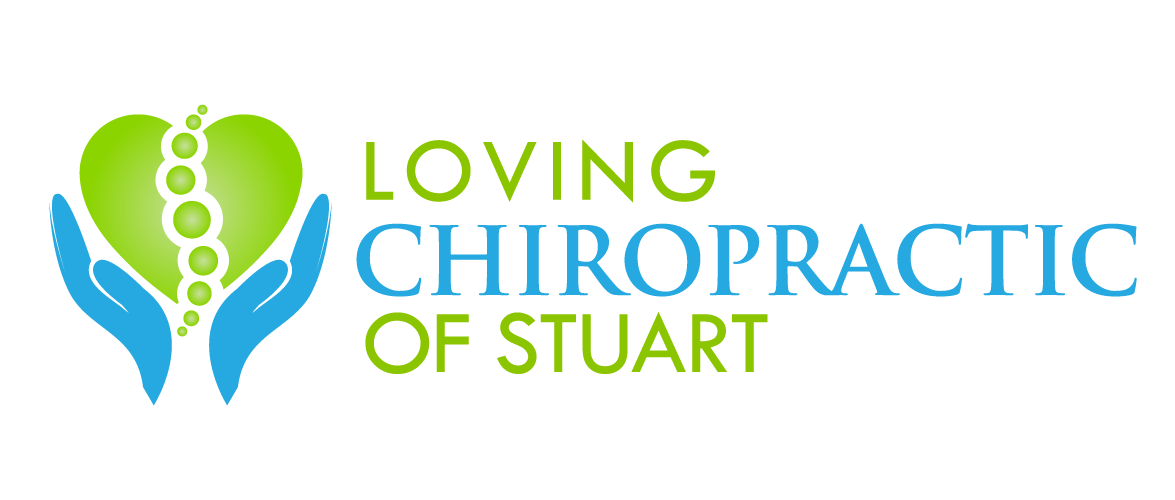Kids find new ways to adjust: Chiropractors
Melanie Booth never expected to take her baby to a chiropractor. But when son Mac was 3 months old and having problems — difficulty with nursing, apparent discomfort when lying on his tummy and a tendency to turn his head only one way — his pediatrician recommended she do just that.
Booth, a university professor in Portland, Ore., found that her lactation consultant and several friends also endorsed chiropractic care for kids.
After one visit, she was a believer, too: As chiropractor Elise Hewitt worked on Mac, “he began to quiver and shake, and it kind of scared my husband and me,” Booth says. “But she explained (she) was releasing energy that was stored up incorrectly in his body and particularly his spine. … And almost immediately, we saw a change in his ability to move his neck.” The nursing and tummy time problems cleared up, too, Booth says, as Mac continued treatments over several months.
Stories such as Booth’s help explain why nearly 3% of children in the USA were treated with chiropractic or osteopathic manipulation in 2007, making it the second-most common form of complementary or alternative medicine for children, a government report said recently. (Most common: natural products, such as fish oil and herbs.)
But stories are not studies. Even practitioners such as Hewitt, president of the American Chiropractic Association’s council on pediatrics, concede their work is not backed by the kinds of studies that would be required if chiropractic care were a drug. As the government report noted, “there is insufficient proof that (alternative practices) are safe and effective.” The National Center for Complementary and Alternative Medicine, which released the report, was created to fill the research gap.
Chiropractors say they welcome the scrutiny. Hewitt says: “I wish there were more high-level studies.” But she also says she is comfortable treating kids based on preliminary research, 100 years of chiropractic history and her own experiences.
Harm is ‘rare, but possible’
One large safety review, published in 2007, did find a few serious injuries in children, including one death from a brain bleed and one case of paralysis. But there was no proof spinal manipulation caused the injuries and no way to estimate how common such injuries might be, says Sunita Vohra of the University of Alberta in Edmonton, Canada.
“Serious harms may be rare but are possible,” she says. She is working on further studies.
“I suspect that adverse events are very rare,” says Kathi Kemper, professor of pediatrics at Wake Forest University School of Medicine in Winston-Salem, N.C. She wouldn’t refer a child to a chiropractor for non-musculoskeletal problems but wouldn’t ask parents to stop visits if they perceive benefits.
Word-of-mouth, not research, brings most parents to Jeanne Ohm, a chiropractor in Media, Pa., and executive coordinator of the International Chiropractic Pediatric Association. Parents “are usually referred by someone whose asthma went away or whose ear infections went away,” she says.
Ohm says she does not promise to cure any ailment in a particular child. She emphasizes broader goals: “Taking stress and tension off the nervous system affects their whole physical body and their mental state. We look at the whole person.”
By Kim Painter, USA TODAY
